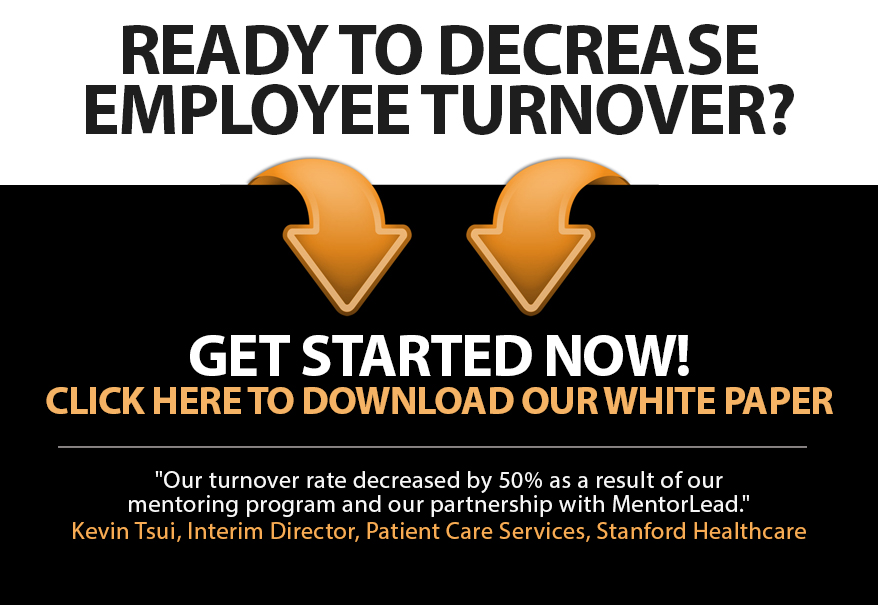
Does it Matter if We Achieve our Goals?
What if achieving our goals doesn’t matter?
What if the power of setting goals lies not in accomplishing them but in who we have to become to accomplish them?
When we earnestly pursue goals, we change our behavior, we improve our processes, we take on new actions. To be successful in our goals, we have to become the person it takes to be successful.
And ultimately becoming that person is as important as (if not more than) accomplishing the goal.
Think of any goal you have achieved. Who did you become to achieve that goal?
Did you become:
- a morning person
- organized with your time
- determined and perseverant, even brazen
- focused on your health, your skills, or your passion
- confident and direct in your interactions with others
- more courageous
Admittedly, all of these changes and improvements we make in the pursuit of a goal are possible without the goal, but the goal seduces us into action.
When I have a goal to write a book or complete a bike ride, I become militant about my time, clear about my priorities, and purposeful in my conversations. I am switched on. I ask better questions. I am more enthusiastic.
Pursuing the goal of writing a book or cycling a part of the country makes me a more efficient, effective, and engaged person.
So while accomplishing the goal is our reward for the grit, perhaps it’s not about the goal. Perhaps it’s about setting compelling goals that lure us into becoming bigger, better, bolder versions of ourselves.






